May 2023: Brembo, an Italian company, has set up an extension of its automotive brake calliper manufacturing facility in Escobedo, Nuevo León, Mexico. For top-tier producers of cars, motorcycles, and commercial vehicles, Brembo designs and makes high-performance brake systems and components. A $207 million investment was made in Mexico for the expansion, which started in 2021.
Along with the 1,100 employees who have worked at the plant since 2016, it will add 500 more employees by 2027.The facility's output is doubled with the 322,917 square foot Escobedo addition, which also improves all stages of the manufacture of aluminium callipers, from foundry through manufacturing and assembly.
June 2023: BBB Industries LLC through its fully owned subsidiary Budweg Calliper A/S, a market leader in the environmentally friendly production of air disc brake callipers, starters, and alternators, has purchased Inter-Turbo sp. z o.o.The agreement's terms were kept a secret. After purchasing Budweg in 2022 and numerous other companies in other parts of Europe since 2019, this acquisition further increases BBB's footprint there.
February 2024: The CAR99 is the most recent addition to Alcon's aftermarket caliper lineup. It is an optimized six-pot monobloc caliper that is appropriate for a wide variety of brake discs. Alcon has just recently launched this technological advancement. These callipers are made from aluminum alloy and have staggered pistons, which considerably reduce the amount of tapered pad wear because of their precise craftsmanship. The announcement of this new development demonstrates Alcon's dedication to utilizing its extensive knowledge in the field of specialist and performance brake systems across all of its product lines.
The products and services offered by Alcon are designed to improve the braking performance of a wide variety of cars. These products are designed to meet the requirements of both ordinary driving and the rigorous demands of high-intensity track use. In order to guarantee unrivaled dependability and performance, each and every Alcon brake system is subjected to thorough testing that far exceeds the requirements of even the most demanding clients. The purpose is not limited to only reducing the distances required to come to a stop; rather, it involves an overall enhancement in the feeling of braking.
The team at Alcon places a high priority on the tactile input that their brakes provide because they are lovers of both racing and road automobiles. It is of the utmost importance that their products provide consistent performance, from the initial application in cold temperatures to the endurance of the hardships of achieving a new lap record. The development philosophy of Alcon is guided by the need for silent operation and fade resistance under harsh conditions, as well as the need to strike a compromise between lightweight design and remarkable endurance.
Alcon guarantees higher performance in important areas, regardless of whether consumers choose the Advantage Extreme braking kit or the premium RC4/RC6 kit. Customers may have faith that Alcon brakes will perform exceptionally well because they provide a combination of innovation, durability, and superb performance that establishes new benchmarks in the automotive industry.
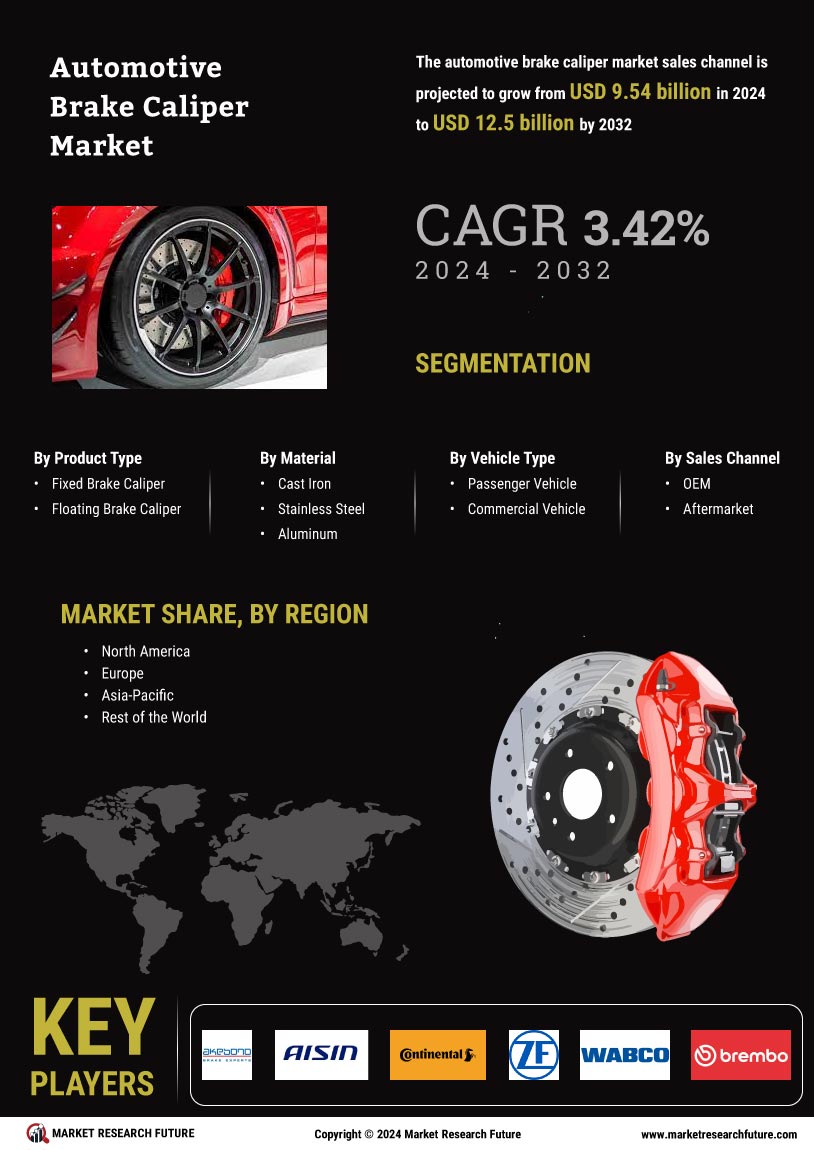

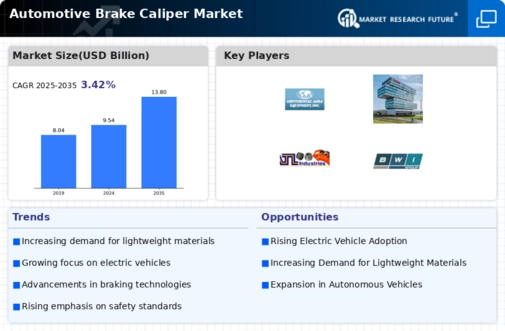


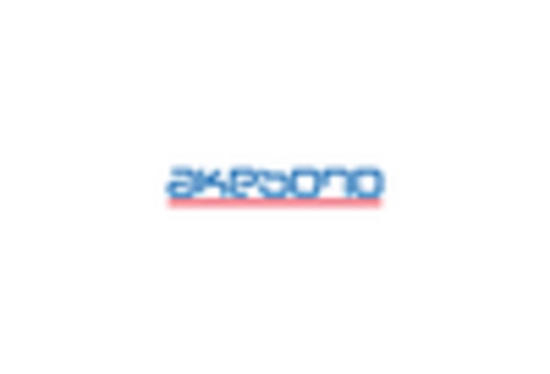

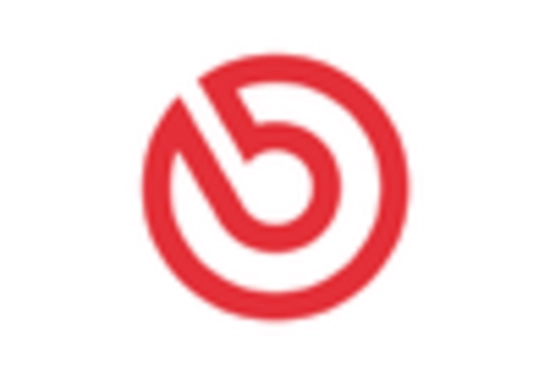

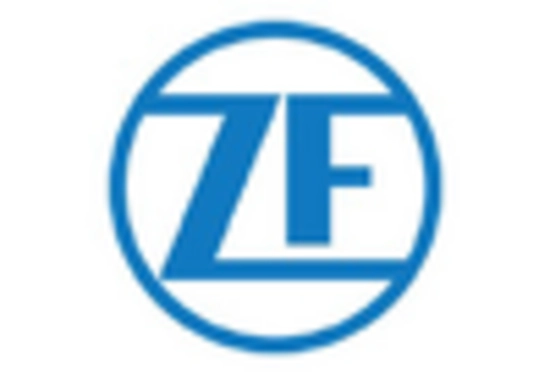








Leave a Comment